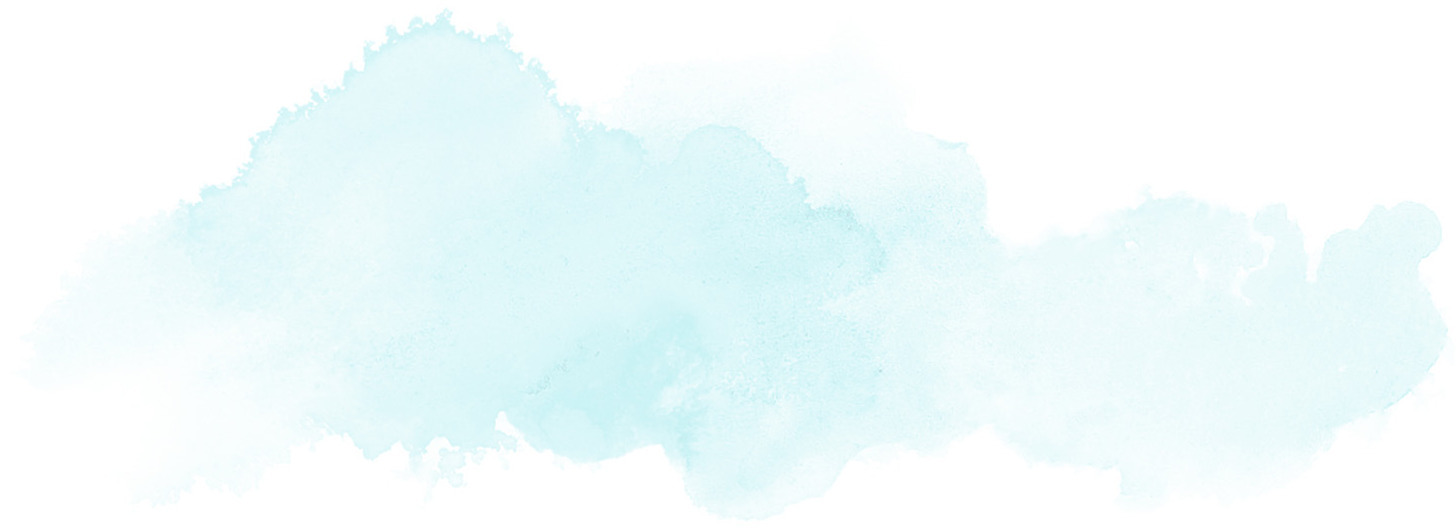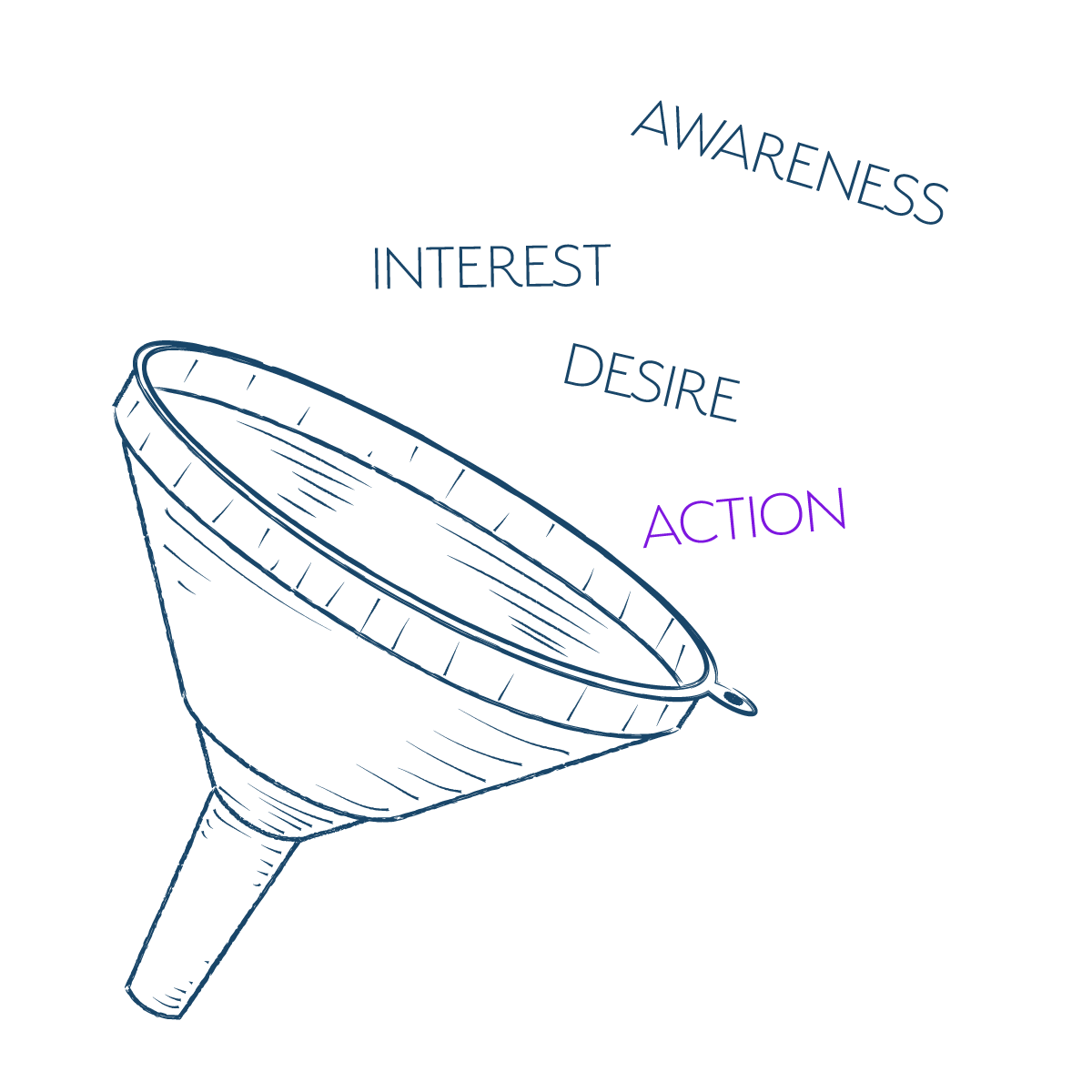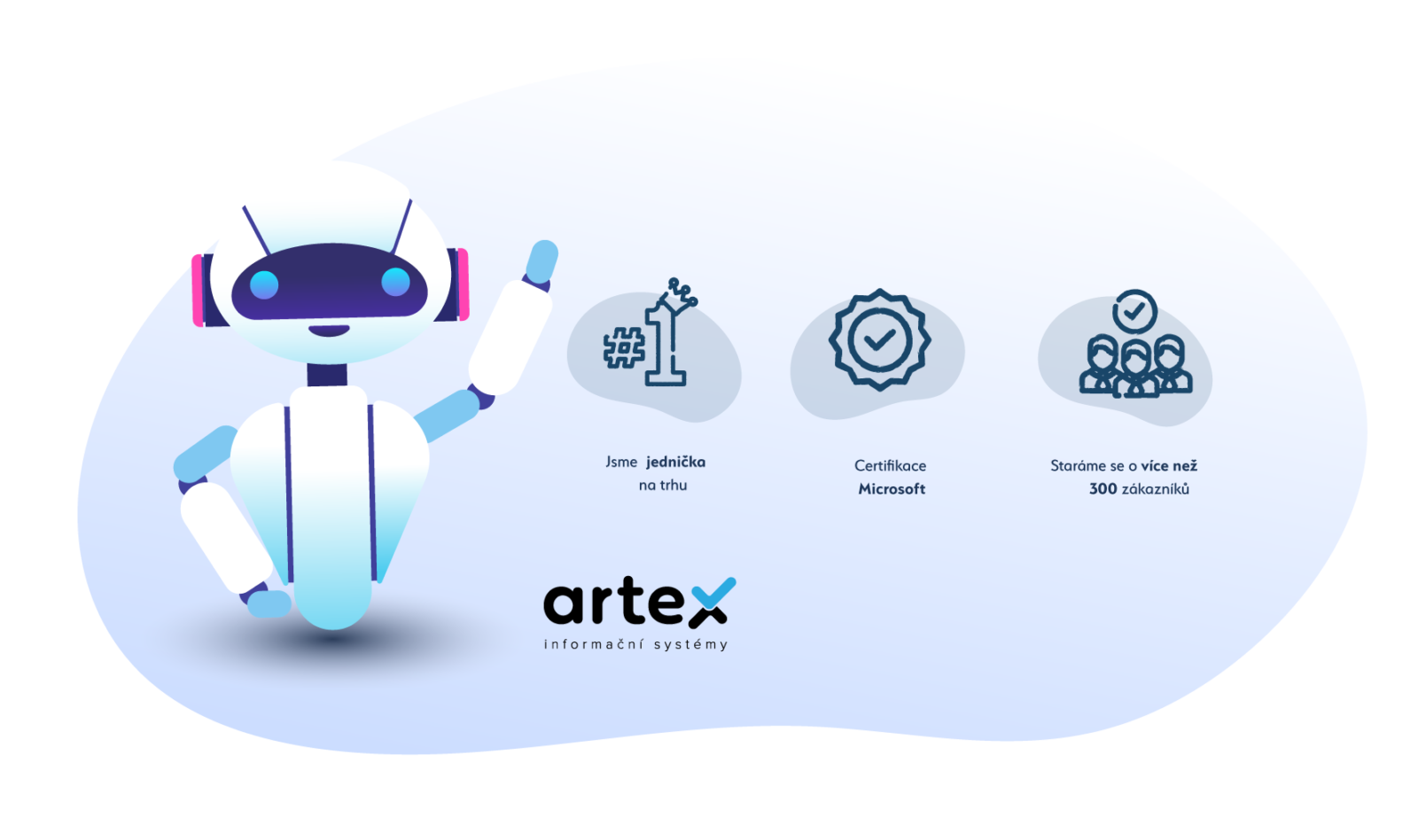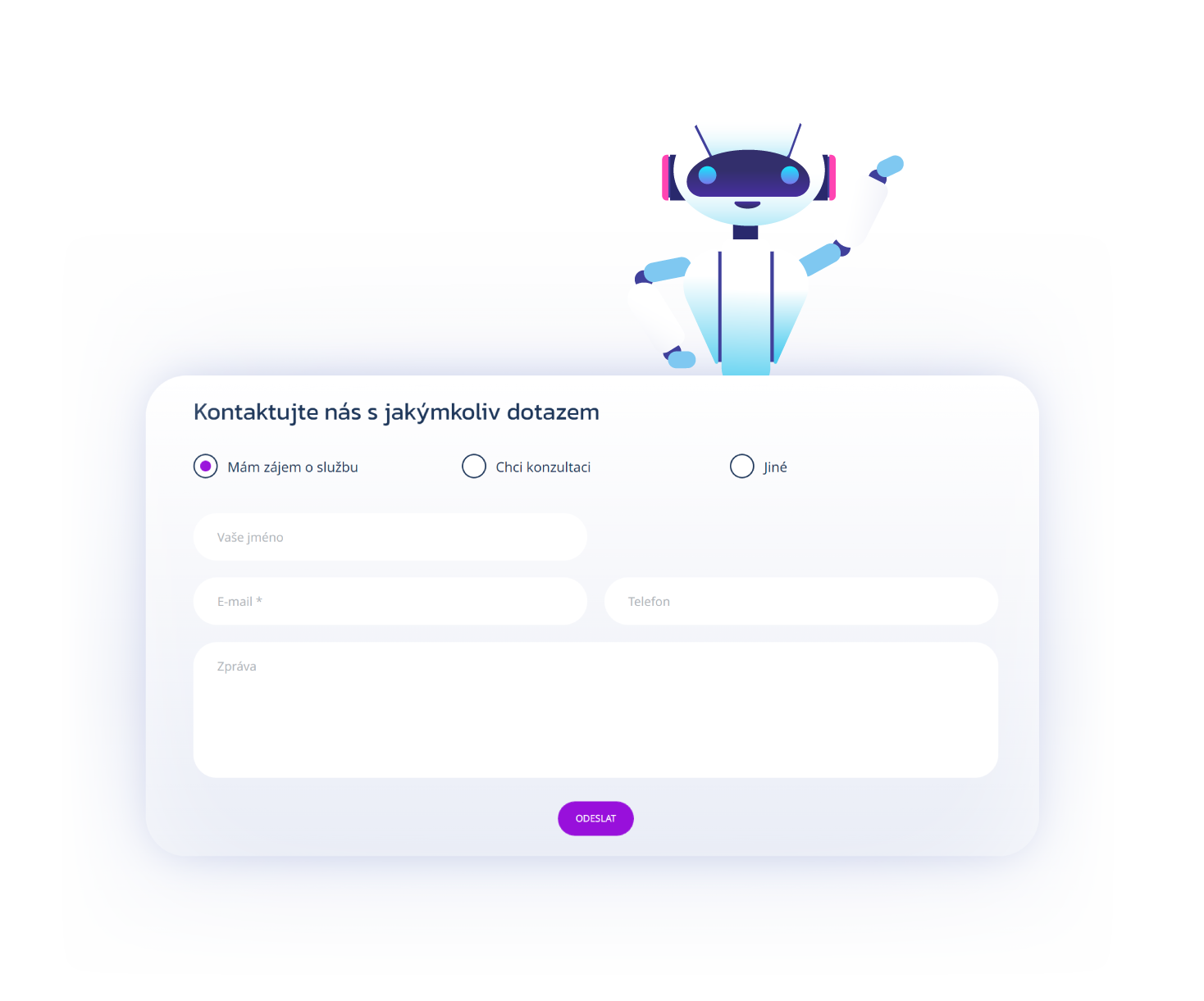
Marketing Funnel: How to Acquire a Customer
If you want to sell online, it’s important to understand one crucial thing: even the best ads won’t bring you customers on their own if your entire purchasing process isn’t set up correctly. This is exactly where the marketing funnel comes in. Read on to learn what it is and why each stage of the conversion funnel is important.

What is a Marketing Funnel?
A marketing funnel, or conversion funnel, is a framework that describes how “cold leads” are transformed into paying and loyal customers. When a potential customer first hears about your product or service, they are not yet ready to make a purchase. We need to gradually spark more interest and build trust, provide valuable information, and most importantly, make the entire process as easy as possible for them.
You may have heard of the term “customer journey”, a similar concept that views the conversion process more from the customer’s perspective, focusing on their needs, thoughts, concerns, and emotions at each stage.
One of the most well-known frameworks is the STDC framework, an acronym from the English words see, think, do, care. Another popular one is the AIDA framework, which stands for awareness, interest, desire, action. Regardless of which concept you choose to follow, the foundation of the customer funnel remains the same.
First, you need to make your brand known and grab the customer’s attention—this is the awareness phase. During the consideration phase, you gradually increase their interest and trust in the brand, service, or product. Ideally, you want to lead the customer to the conversion phase, where they take the desired action, such as making a purchase or submitting an inquiry. Lastly, it’s important to continue caring for the customer in the loyalty phase, ensuring they return to make future purchases.

Awareness Phase: Attract the Right People
The first contact with a customer is most often through an advertisement or content on your blog or social media. This ad or content needs to speak directly to your ideal customer.
First and foremost, clarify exactly who you want to target and how your product or service can solve their problem or fulfill their need. For example, if you sell notebooks, you might target university students by offering extra-wide notebooks with hardcovers. Alternatively, you could focus on first-graders and expand your range with notebooks featuring cute animals on the cover. At the same time, you should have a clear understanding of what makes your offering unique and why that person should choose to buy from you.

In this phase, we are not directly selling yet, but mainly trying to capture attention. The goal is to get into the awareness of the potential customer. You will achieve this most effectively by spreading your content and ads across various platforms and staying consistent in your communication style and visuals.
Consideration Phase: Answer All Questions
At this stage, the customer already knows about you. This means they have interacted with your ad, content, or website, but they are still unsure if you really have the right solution to their problem. “Can I machine wash this jacket?”, “Isn’t this software too complex for my business?”, “Is Colombian or Brazilian coffee better for espresso?”
Your potential customer is still considering all the options and alternatives available on the market today. Make their decision-making process as easy as possible. Answer all their questions and alleviate their concerns.
Put yourself in the shoes of your ideal customer and list the most common thoughts, misconceptions, concerns, and questions they might have. Then, address them on your website in the form of a blog post or directly incorporate them into your communication strategy.
Conversion Phase: Simplify the Entire Process
Eureka! The prospect has decided to make a purchase from you. But where is the button to add the product to the cart? Why can’t they pay through the payment gateway? Why hasn’t anyone responded to their inquiry email yet?
If the customer encounters issues completing the conversion, they may lose patience and turn to a competitor. Customer standards and expectations are very high. When shopping online, no one will tolerate slow-loading websites or long forms.
The path to purchase must be as smooth, fast, and user-friendly as possible. It’s essential to measure at what stage customers are dropping off the most. Pay close attention to this phase and iron out any issues.

Loyalty Phase: Continue Delivering Value
The order has been placed, payment is processed, and you’ve secured the customer. So, is it time to start over? Not so fast.
Retaining existing customers is often much more cost-effective than converting new ones. If a customer is happy with your gloves, they may come back for a hat, scarf, or socks. If they like your software, offer them consultations too. Selling additional products and services is known as upselling and cross-selling. A satisfied customer will praise you to everyone in their social circle.
Therefore, continue staying in touch with your previous customers and keep providing value. This can be done through helpful customer support, attractive discounts and gifts, or even social events. The most common way to maintain this communication is through email.
Approach Your Marketing Holistically
Now you know that online marketing isn’t just about ads—it’s crucial to approach it holistically, covering the entire marketing funnel. If you’re spending money on ads but people can’t navigate your website, that’s money down the drain.
However, you can always turn to us, and we’ll gladly help with your marketing. We handle everything from performance campaigns to content strategies and visual identity creation. With us, you’ll smoothly sail through the turbulent seas of marketing.
